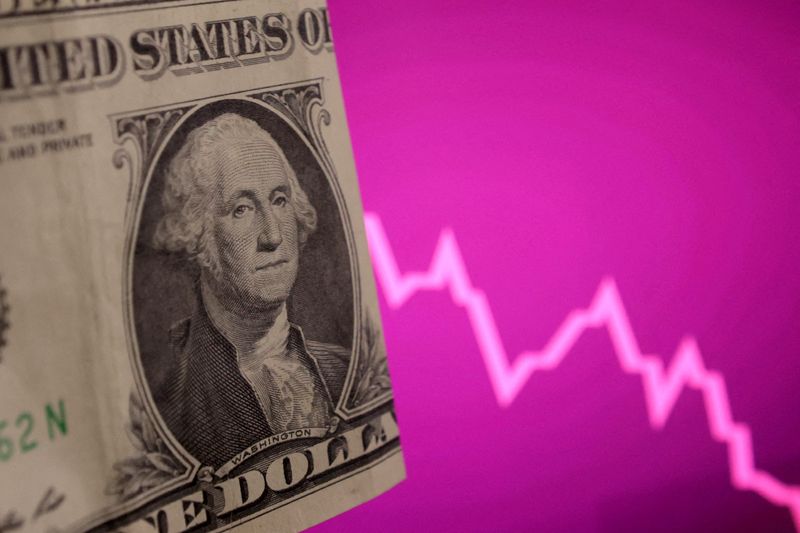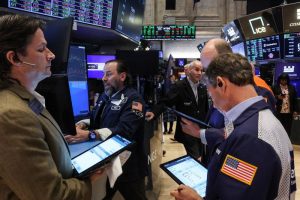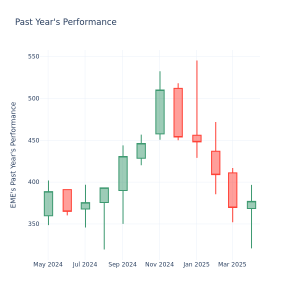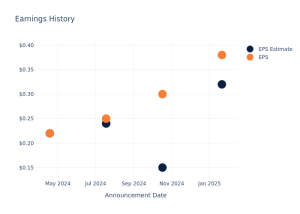
By Vidya Ranganathan
SINGAPORE (Reuters) -As Donald Trump’s grand plan to redefine global trade whipsaws the U.S. dollar, investors who hold tens of trillions’ worth assets in the currency may for the first time in decades be seeking ways to protect the value of those holdings.
Such has been the unquestionable faith in the dollar for years that just a fraction of the $33 trillion of global money invested in U.S. markets is protected, or hedged in market parlance, for currency volatility.
That may have changed this week as the dollar and U.S. Treasuries – both historically first among equals as refuges during crises – became the biggest casualties of a market rout triggered by the U.S. President’s reciprocal trade tariffs.
Treasury yields have surged this week as both U.S. and overseas investors fled, and the dollar is down sharply against the euro, Japanese yen, Swiss franc and almost every other currency.
An index measuring the dollar’s value against six other major currencies is below 100 for the first time in nearly two years.
“The U.S. has provided decades of certainty, stability, independence of the central bank, rule of law,” said Vis Nayar, chief investment officer at Eastspring Investments.
“The drivers of U.S. exceptionalism, things like immigration have pretty much gone away. Tariffs are likely to be viewed as a tax rise. And we’ve got an administration that feels that a weaker dollar might help them. Not a good cocktail for unhedged investors.”
U.S. markets have punched above their economic weight thanks to the confidence in the dollar. While the U.S. economy accounts for around 26% of global GDP, Wall Street gets more than a third of global equity investment.
Foreigners owned $33 trillion of dollar-based stocks and bonds at the end of 2024, of which $14.6 trillion was in debt, and the rest in stocks.
Investors in higher-yielding equity markets typically do not hedge their portfolios, analysts say, but currency volatility can be painful for bond investors whose returns are in single-digits or low double-digits.
Brutal swings may force their hand into putting on currency hedges, wherein they would use derivative contracts to sell dollars for their home currencies, or even just exit U.S. markets.
Analysts at financial consultancy Exante Data estimate a one percentage point (ppt) increase in investor hedging ratios could mean as much as $320 billion in U.S. dollar selling.
Given how low hedging ratios are, analysts expect a 10 to 15 point increase in such hedging, if the dollar keeps falling, implying trillions of dollars could be sold in exchange for other currencies.


